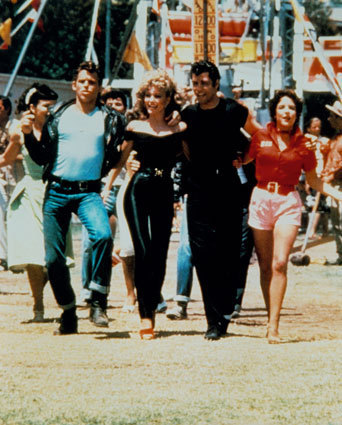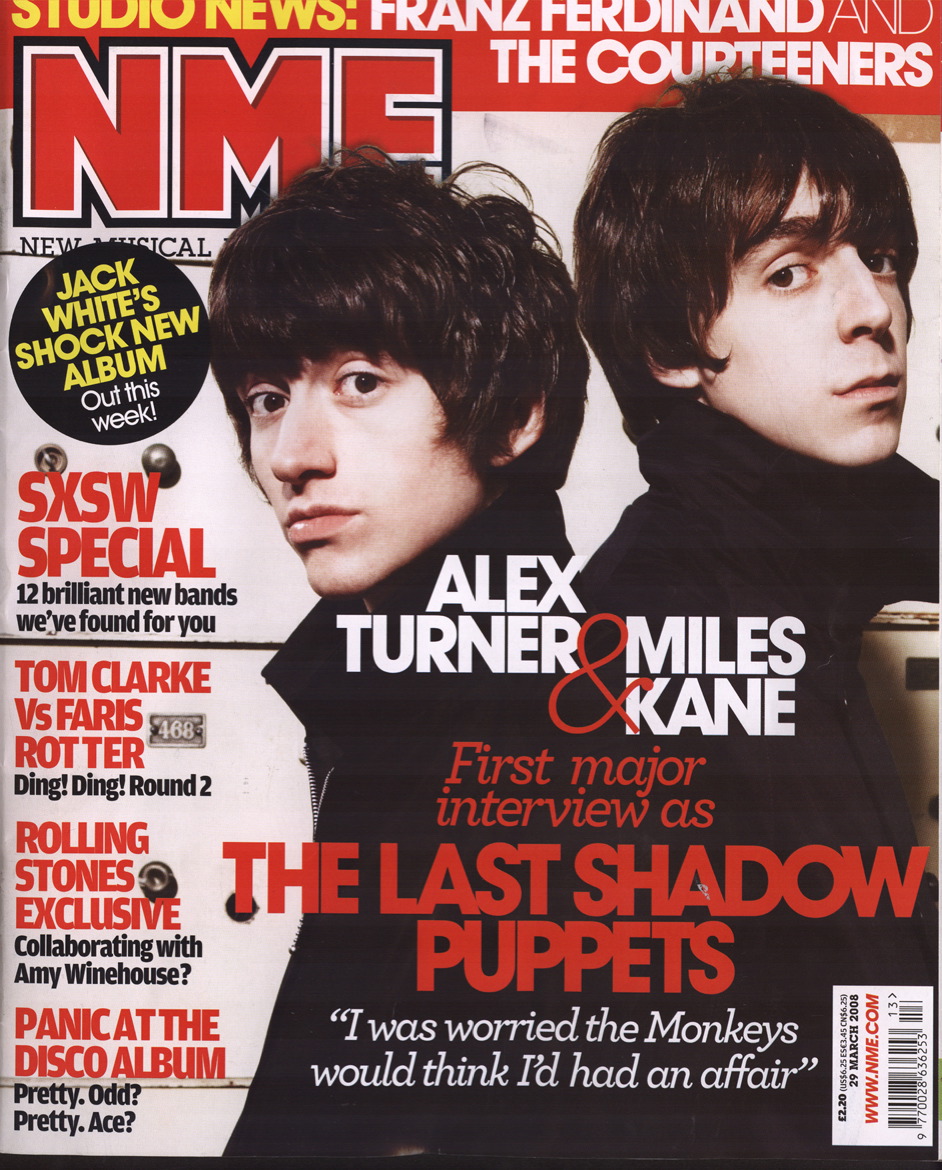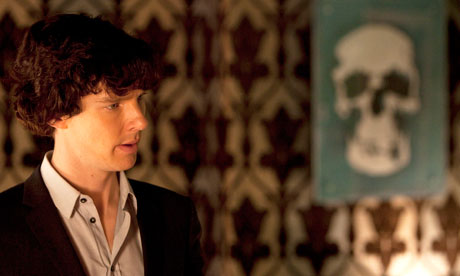In addition to the pre-production documentation you've already completed you will also need to do the following:
Location Recce
Technical Recce
Risk Assessments
Shooting Schedule
Mise-en-scene description
Cast, Crew, Equipment and Props lists.
Section A
Below are explanations, descriptions and examples of each of the documents. Work as a team to produce the documents between you, it often helps to work in pairs so that you can support each other. However don't loose sight of what the rest of your team are doing because it all have to be interlinked, or it will fall apart in production.
Blog all documents via PowerPoint, not forgetting an introduction to each explaining the document and how it has helped you.
Location Recce
In the film industry there will be a number of crew members working for "locations". A starting point for someone in this department is a Location Scout. Their job is to travel around the required area searching for appropriate locations. they take photographs of each possible place, arrange them on boards and then present them to the Director for consultation. This also includes some technical detail on lighting, power and where permission needs to be gained from.
You need to perform a scaled down version of this. You probably already have a location in mind and there wont be many other options due to logistics; so although as a team you wont need to decide between one location and another the photographs will help you decide if your shots will work, equipment you will need and your technical recce in which you double check your camera positions.
Technical Recce
Once the location has been agreed the department heads will go on a technical recce to decide how they might create the look the Director is after, and if shots that have been storyboarded are possible given the restrictions of the location. Although in the industry this is a physical activity you will need to do a diagram to demonstrate that you have thought through any difficulties.
This is also a good opportunity to check for unwanted Jump Cuts and for you to plan the order in which you are going to shoot your shots.
Risk Assessments
The world is health and safety mad these days and the film industry with all its technical equipment is no exception. You will find that if you actually manage to get work experience in the industry that they often require you to be 18 years old, so that you are classed as a adult and therefore a huge amount of the responsibility falls to you as an individual. However, there will be a Risk Assessment for every location and additional documents should there be stunts or physical effects (explosions etc).
To show that you can show that you have taken the time to consider risks to you, the equipment, the location, and members of the public, I have simplified this documentation to a table highlighting "Location", "Risks" and "Action to be Taken". See the example below for guidance, however everything needs to be thought through even the smallest item can have consequences.
Shooting Schedule
Films run like a military operation and so every last element is planned out. The shooting schedule becomes the bible and in essence lists the filming order of your shots. So you will need to have amazing patients as you re-arrange your shot list and add columns and rows to plan out your shooting time.
It is important that you work out when the whole group can be present to shoot, which free's evenings and weekends you and your location are available. There is no point organising it and then nobody being able to make it, or only some of your group. There are only 4 of you which is nowhere near the number that would be on a normal crew so everyone have to play their part. If you are using people outside your group or class as actors don't forget to consider their availability as well.
An example is below. Once you have got your shooting schedule you will need to book the equipment. There are now a large number of students all using the media department resources so if you don't book what you need, at least 1 period in advance you will not be allowed to take the camera. It's time you got organised!
Mise-en-scene description
This is a written description of the following production elements that help to set the scene:
Set Design/Location
Props
Lighting
Character Movement
Props
Costume
Hair / Make-up
******
Cast, Crew, Equipment and Props lists
The format of this information varies from group to group. I would suggest a table that describes the above per scene. I'll leave you to decide how to present it but try not to create yourself too much work by repeating information. It is also important to highlight who is responsible for collecting, bring what especially when it comes to costumes and props.
Note: I would also consider keeping costumes and vital props at school after you've started shooting, especially if you are shooting over a couple of days. This is to stop continuity errors between scenes/shots. I will make you re-shoot if there are big errors like this and I've lost count of the number of times that students' shooting schedules have been recked by people forgetting costumes and vital props.



.jpg)



 There a many genres and sub-genres of fiction film that you can pick for your opening sequence but please think logistically about how you might actually make the film. I also strongly advise you not to do thriller as students that have attempted this genre in the past have not truelly understood how to create suspense and have achieved low marks because of it.
There a many genres and sub-genres of fiction film that you can pick for your opening sequence but please think logistically about how you might actually make the film. I also strongly advise you not to do thriller as students that have attempted this genre in the past have not truelly understood how to create suspense and have achieved low marks because of it.


 Research the definitions of each term: Jump Cut, Over-the-Shoulder-Shot, Cutaway and Point of View Shot.
Research the definitions of each term: Jump Cut, Over-the-Shoulder-Shot, Cutaway and Point of View Shot. In addition to all of the above; add a brief explanation of potential continuity issues with your script, for example if a character is to bang their hands down in frustration your actor will need to do this action at the same time in the script and in the same way for each camera set up so that when edited together it matchs. Even subtle character movement, i.e. someone leaning back in a chair can cause problems!
In addition to all of the above; add a brief explanation of potential continuity issues with your script, for example if a character is to bang their hands down in frustration your actor will need to do this action at the same time in the script and in the same way for each camera set up so that when edited together it matchs. Even subtle character movement, i.e. someone leaning back in a chair can cause problems! Research a definition of "continuity" in a media context and insert the Internet link into this post.
Research a definition of "continuity" in a media context and insert the Internet link into this post. Your teacher is going to give you information of basic storyboarding techniques. Follow the instructions and draw everything they do carefully and accurately. Remember this is part of your coursework and presentation is important.
Your teacher is going to give you information of basic storyboarding techniques. Follow the instructions and draw everything they do carefully and accurately. Remember this is part of your coursework and presentation is important.  Using a digital stills camera take photographs to represent the shot sizes your teacher has illustrated, making sure you pay attention to headroom and walking space.
Using a digital stills camera take photographs to represent the shot sizes your teacher has illustrated, making sure you pay attention to headroom and walking space. You will need to complete Section A of each task to achieve the basic 'E' grade criteria.
You will need to complete Section A of each task to achieve the basic 'E' grade criteria.  Go to your "dashboard" and scroll down until you see the "add" button. Click and follow the instructions. You will need to put in the blog address: klsasmediadepartment.blogspot
Go to your "dashboard" and scroll down until you see the "add" button. Click and follow the instructions. You will need to put in the blog address: klsasmediadepartment.blogspot




